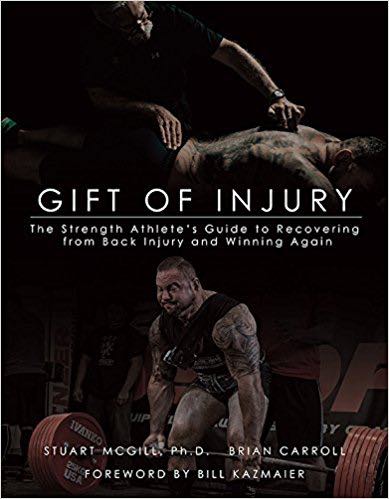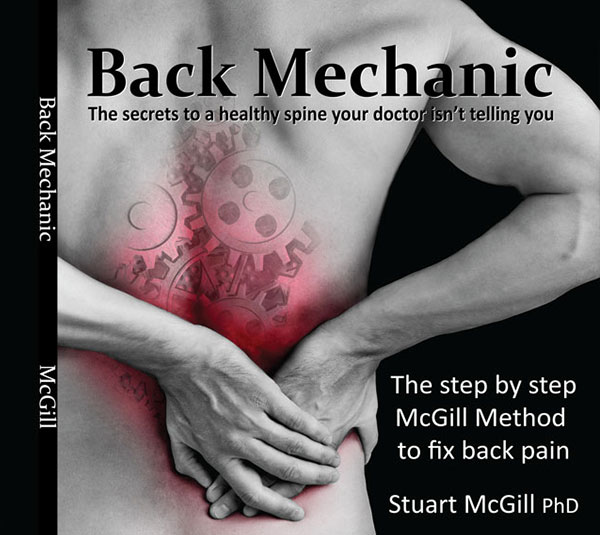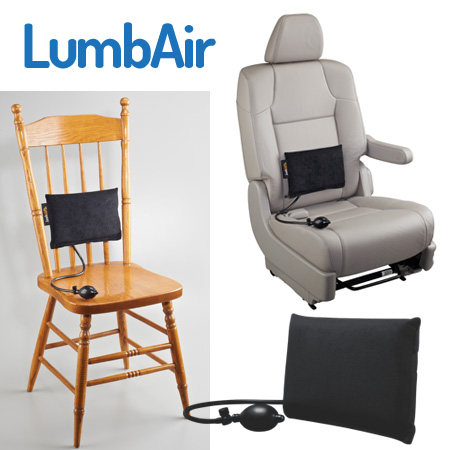19 Nov The Lifters Wedge: How It Changed My Back and My Lifting Career
Article Rundown
- The lifter’s wedge transformed my lifting technique and helped eliminate pain.
- Proper stiffness and bar engagement start in the lats, not the hands.
- Respecting every load—even an empty bar—is key to safe, powerful lifting.
- Movement empowerment comes from mastering body control, not just pushing through pain.
The Lifters Wedge
I didn’t know it then, but the moment captured in this old video from May 2013 would set the foundation for everything that came next—my return to competition, my 1,306 squat, and ultimately, the way I teach lifters how to protect themselves under the bar. This was my first session with Dr. Stuart McGill: me, an empty bar, and some habits that needed to be broken. And it all started with the lifter’s wedge.
The Wake-Up Call I Needed
In that first assessment, I was a mess—no lifter’s wedge, casual handling of the bar, and pain corrupting everything I was trying to do. And I’m not talking heavyweight here. I’m talking about how I treated an empty bar—carelessly, casually, without respect. Stu paused me, looked me in the eye, and said: “Treat it the same whether it’s the bar, 135, or 1,300 pounds.”
At the time, 1,300 wasn’t even in my imagination. I wanted to hit 1,100 one day. Maybe chip my way up to 1,185 again. But I sure as hell wasn’t thinking career-high numbers. That’s what pain does—it narrows your goals. It steals your confidence. It robs your movement.
And it ruins your motor patterns.
Pain Corrupts Good Motor Patterns
In this clip, I’m setting up for a deadlift, and it’s painful to watch. I’m flexing through my spine, curling myself like a cashew just trying to get “tight.” My ego was telling me I was doing it right. But the mirror—and the video playback—said otherwise.
All I could see was this awkward posture, my back under compression, and spinal flexion instead of bracing through a stiffened, neutral back. Looking back, I feel like a complete buffoon.
That’s when Stu pushed pause—literally and figuratively.
Enter: The Lifter’s Wedge
You’ll hear Stu in the video say terms like “centroid” (which he freely admits he made up), but the coaching points are dead-on.
He was teaching me to wrap my body around the bar, to lock on with my lats, and to create stiffness through my entire back—one solid unit—before even thinking about pulling. This was a revelation.
And this is where lifters miss the mark: The power doesn’t start in your hands. It transfers through your hands. It starts in the lats, the sub-scap, the pecs, the traps, the anti-shrug—all those little stabilizers that knit themselves together into one strong, resilient spine and torso.
Crushing the bar isn’t just squeezing harder—it’s about anchoring the bar to the body via tension. And if all you’re doing is gripping with the hands, you’ll burn the forearms and miss the point entirely.
Step One: Slow Down. Respect the Load.
One of Stu’s early critiques of me was rushing my setup. He said, “Slow down. Don’t be casual. Respect the weight.” That applies whether you’re lifting a broomstick or a grand. Your nervous system doesn’t respond to casual. It responds to consistency, tension, and proper patterning.
That’s what the lifter’s wedge teaches.
In that early training clip, you’ll see me go from a sloppy, pain-fueled setup to a controlled, intentional wedge in just a few minutes. That change didn’t fix me overnight—but it set the stage for everything that came after.
Movement Empowerment: Not Just Pain-Free, but Powerful
Once I could control my motion—and my pain triggers—I realized I wasn’t broken. I wasn’t done. I just needed better movement competency. I needed to feel the power through a properly set wedge and know that pain didn’t have to be the limiting factor.
That’s movement empowerment. That’s the gift Stu gave me.
And it’s the same thing I’d later teach thousands of lifters at PowerRackStrength and in Gift of Injury.
The Biomechanics of Bending the Bar
When you properly wedge, the back becomes one segment—locked, stiffened, and primed to transfer energy. It starts from the feet: rooting or “gripping” the floor with your toes. It travels up through the hips, core, and lats. It locks the rhomboids down and pulls the bar into you—not the other way around.
And when it all comes together—when you generate density through your trunk and posterior chain—you’re not just braced…
You’re bulletproof.
Full Circle
The lifter’s wedge changed my career. It changed my pain. It changed my records. But it also changed how I teach. We don’t just make lifters stronger at PowerRackStrength—we make them smarter. More resilient. More confident.
So the next time you grab a bar, don’t just grip it—wedge in.
Take control of your movement. Build stiffness. Bend the bar. And respect the load, whether it’s empty or a 1,300-pound monster staring back at you.
As Stu always said: It’s not about lifting the bar—it’s about earning the right to lift it.










Sorry, the comment form is closed at this time.